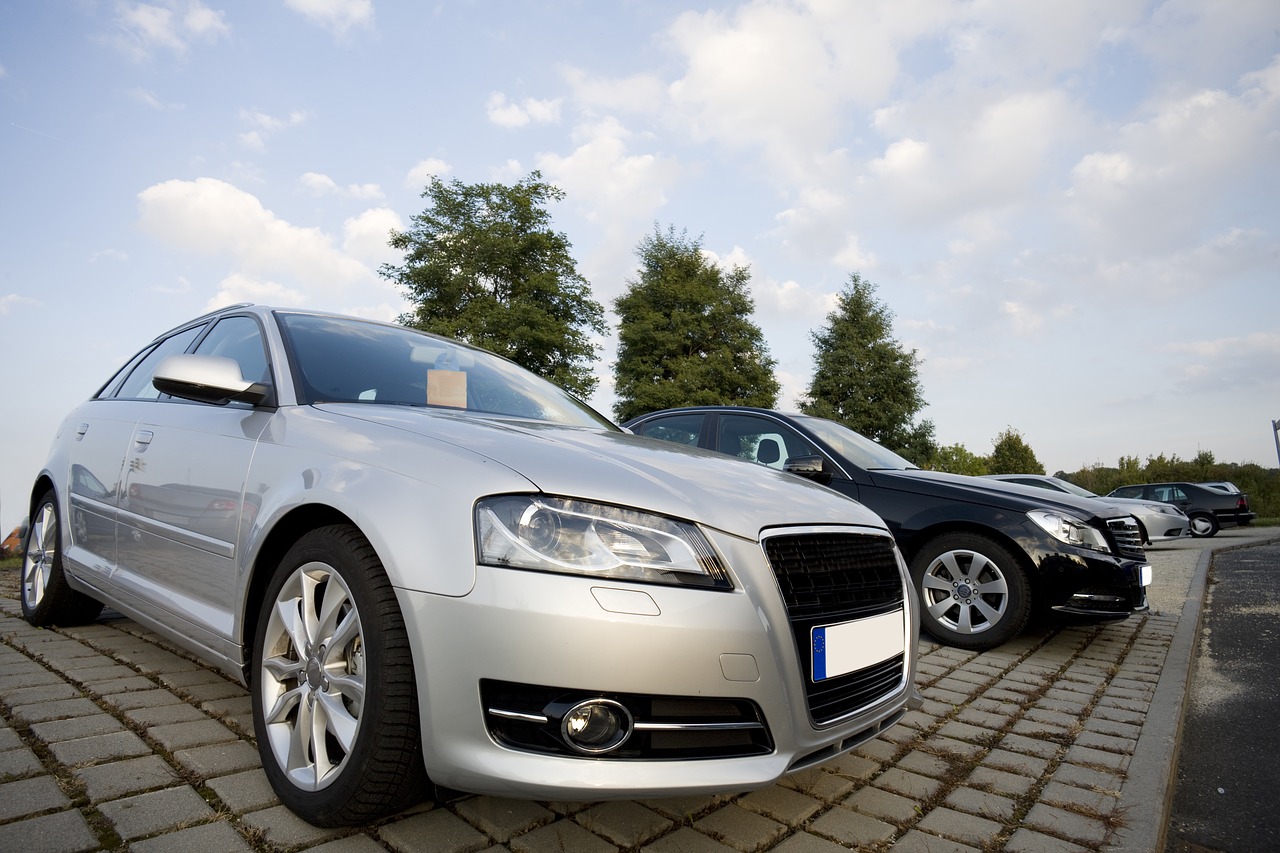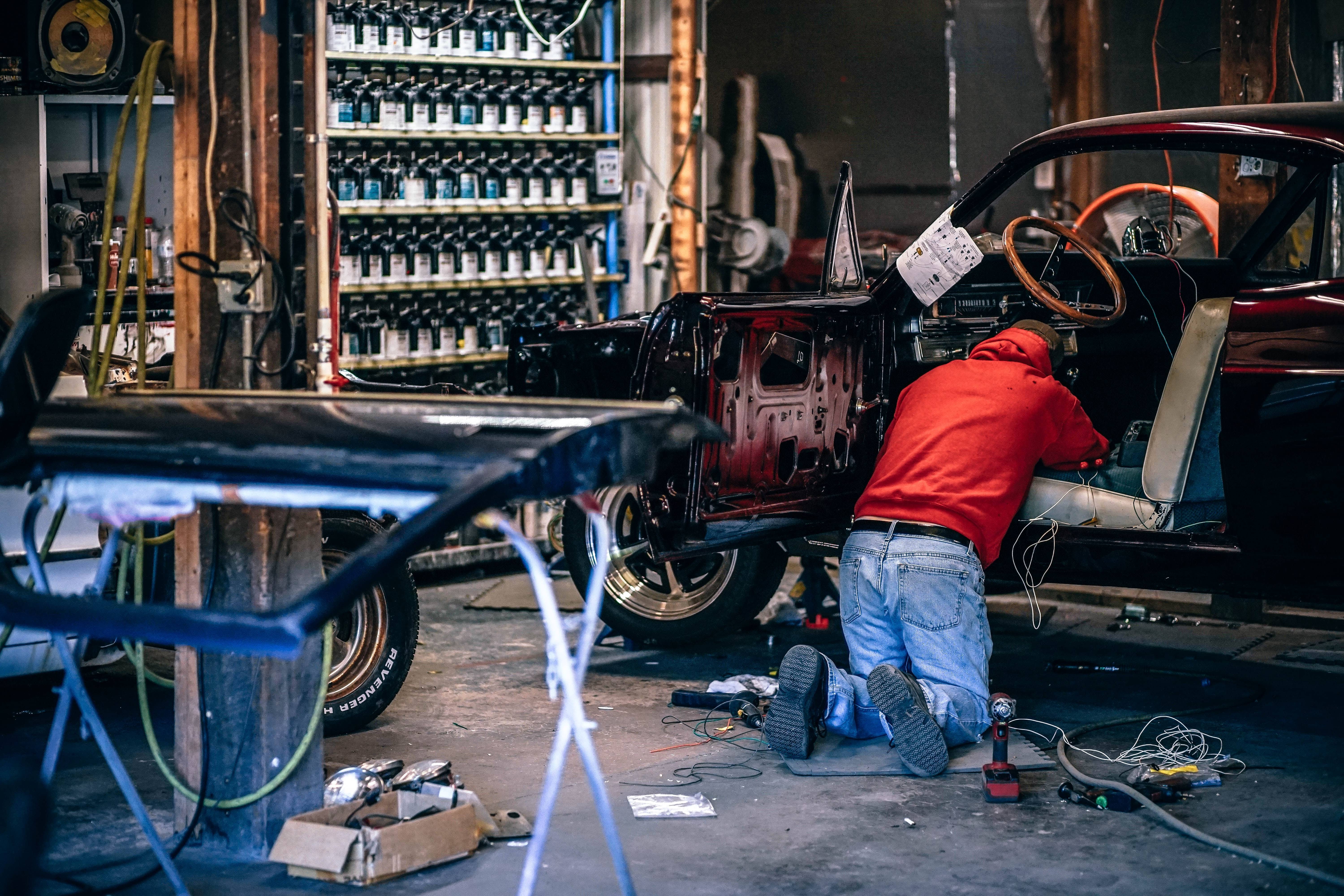Are you in the process of selling your car, truck, SUV or other vehicle but unsure of the best option that will get you the best price? You will find there are many ways to do it, but not all buyers take into consideration what benefits the seller. Even when your vehicle no longer runs or is wrecked, you can sell your car to us. Here are the top three fastest ways to sell your vehicle privately while also getting a great deal.
1. Private Sales:
You will always get the full retail price when you cut out intermediaries and handle a private sale yourself. It will take time the first time as you will have to navigate dealerships and advertisements which will take time. You also must educate yourself on a market value, which will be a bit tricky if your vehicle is more than 10 years old, has high mileage, not working properly or has body damage. This usually eats away at your vehicle’s profit potential. Most dealers will not accept vehicles in a less than optimal condition, so you may end up having to use sites like Craigslist, Facebook Marketplace or Auto Trader. Another option is to find local junkyards that accept both working and nonworking vehicles for quick cash.
2. Trade-in or Sell Outright to a Dealership:
If you want to sell your vehicle to a dealer, you will not get as much profit as selling to a buyer in the marketplace. Auto dealerships care only about profit. You will receive an appraisal for wholesale purchase. If your intent is to offset the value of your down payment, trading it in is another option you must consider as it reduces the amount of cash you must have to get a new vehicle. Dealers tend to shy away from vehicles past their shelf lives that no longer present an opportunity to make quick cash. Be prepared with a backup plan like a scrap yard if you need to sell fast as there is no guarantee that a dealership will accept your vehicle unless it has a clean body and is in good condition.
3. Auctions:
Taking your vehicle to an auction is both convenient and risky as it depends solely on who is in attendance. Sellers have an opportunity to set a base price, which helps to establish what you can expect to receive. You will most likely have to pay a fee to attend the auction so that it will cut into your proceeds. Attendees will get the chance to browse the inventory and inspect autos. It is a quick process which often causes buyers to shy away from sales if they have not had the time to look over the vehicles. Auctions tend to sell at wholesale, which is generally below the Kelley Blue Book appraisal. They also sell to the highest bidder and take a cut of the proceeds as a third party.
If you have a great vehicle, it will be easy to sell it. If you are not receiving any interest, it will be in your best interest to find alternative ways to find the right buyer and get the best sale value.
Read Also:

























